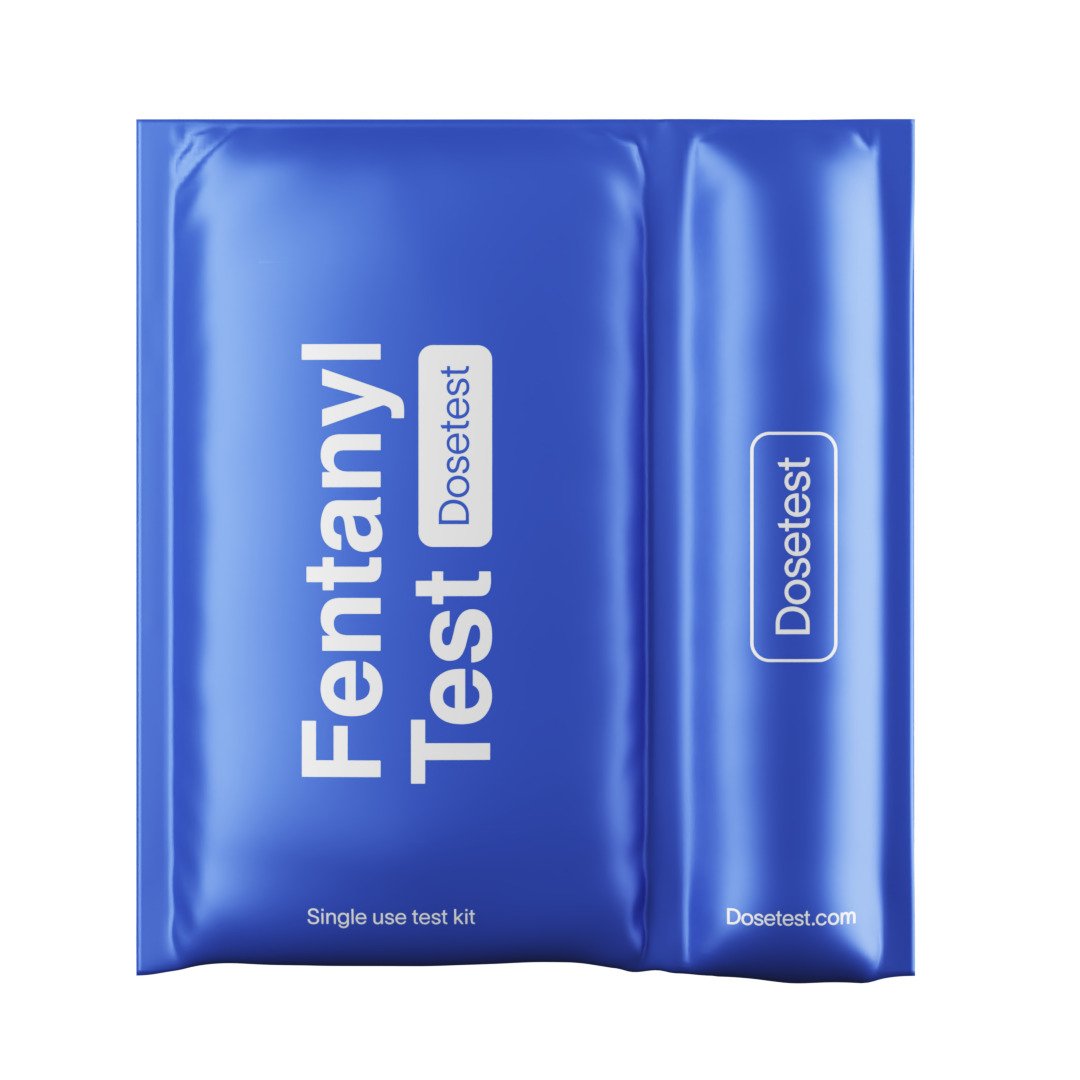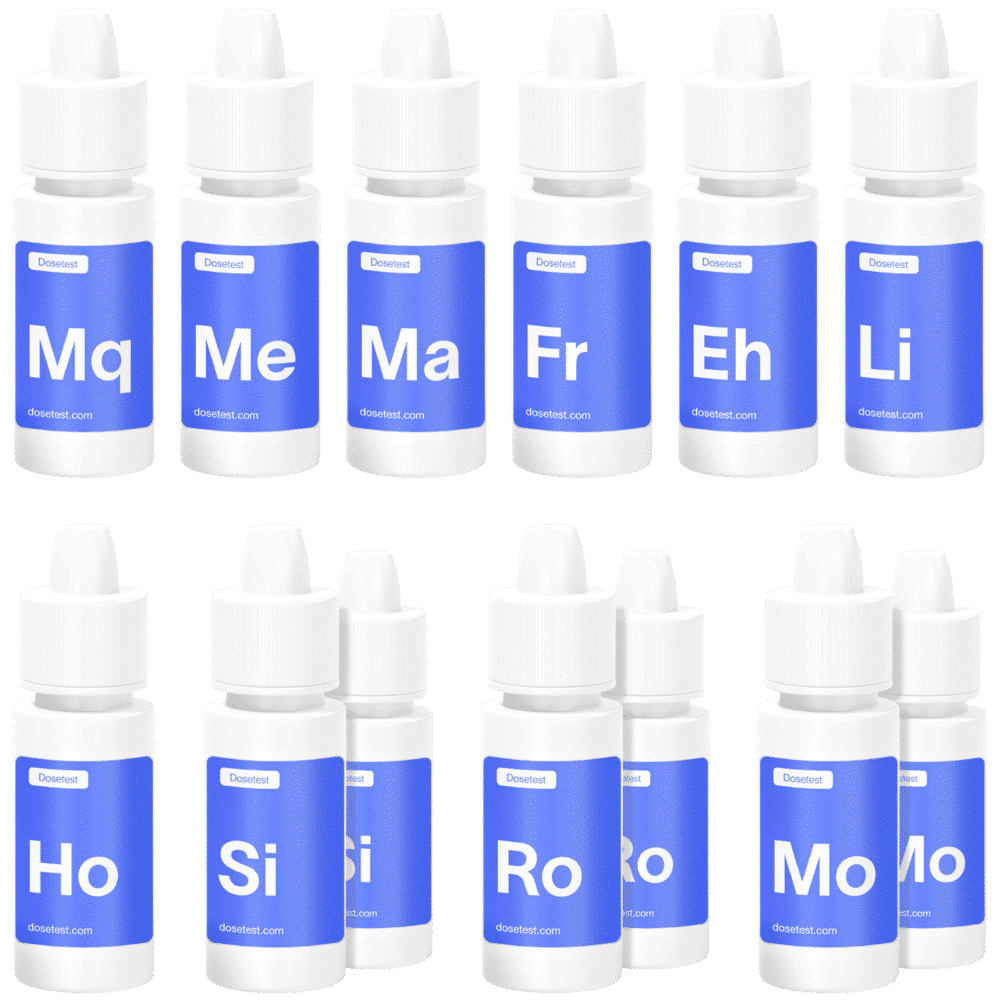Fentanyl Test Strips
For the experienced individual, equipped with the right tools for weighing samples and measuring liquid volumes, our Single Strips for Fentanyl testing are a cost-effective choice. The online app integrates seamlessly, adjusting to your equipment and chosen substance to help you conduct the Fentanyl test correctly and effectively.
For those who prefer a complete, ready-to-use solution, our All-in-One Kit is the answer, providing everything you need for standardized, hassle-free Fentanyl testing.
- One use per strip
- Tested by third party labs
- Reacts to over 20 different Fentanyl variants
With just a strip and a few minutes you can identify Fentanyl, protecting yourself and your friends from the dangers of a toxic drug supply.
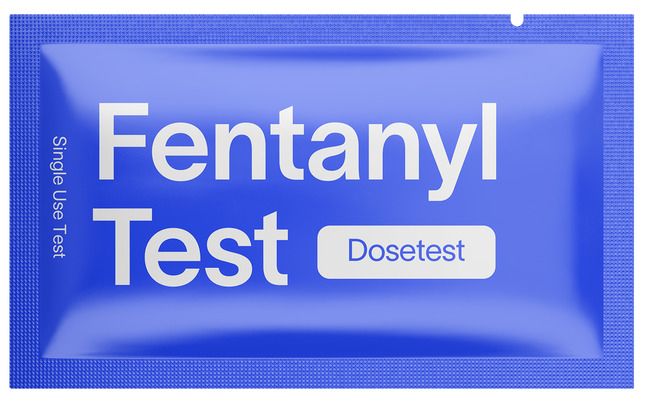
How it works
1
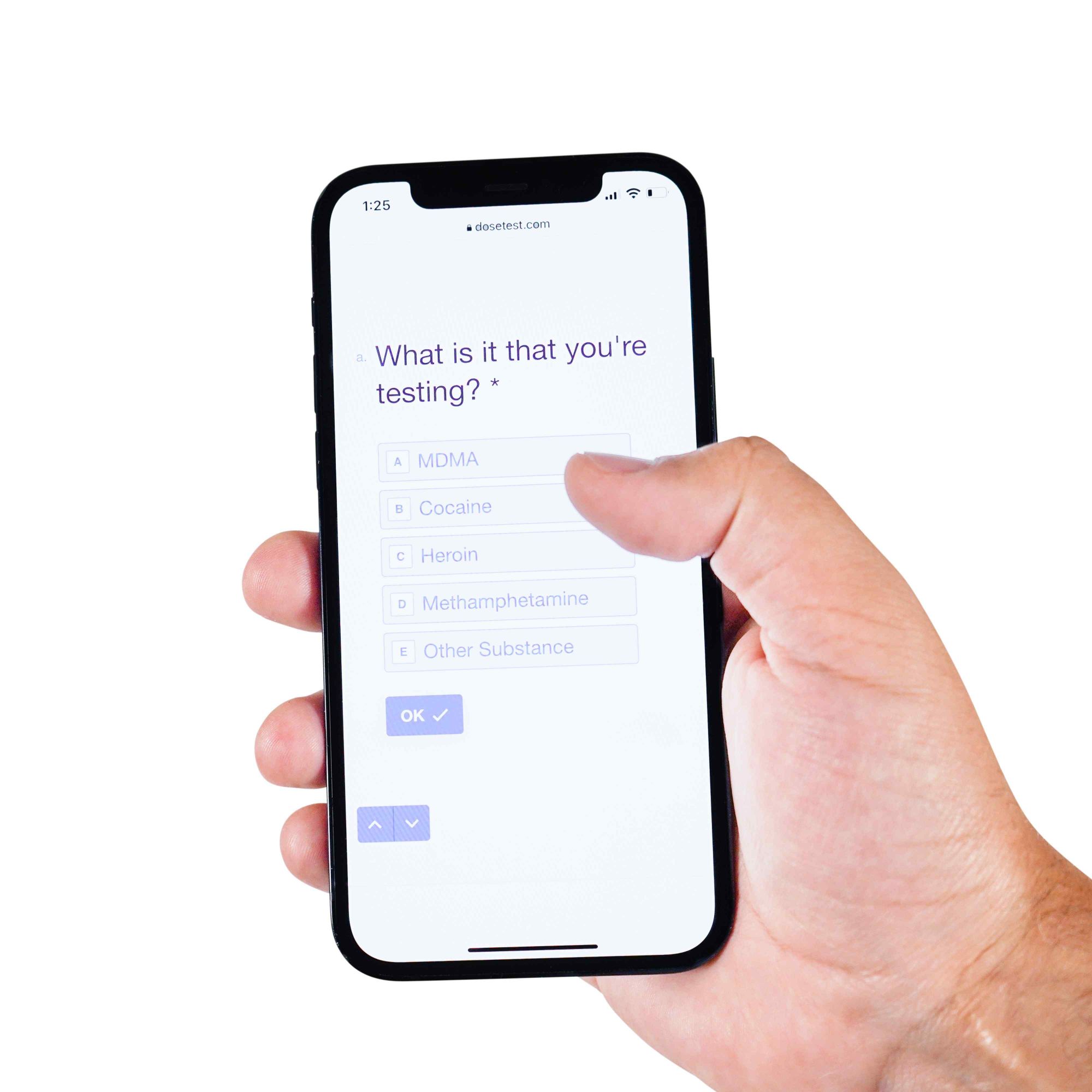
Use our app to receive personalised guidance on how to test your sample with your strip.
2
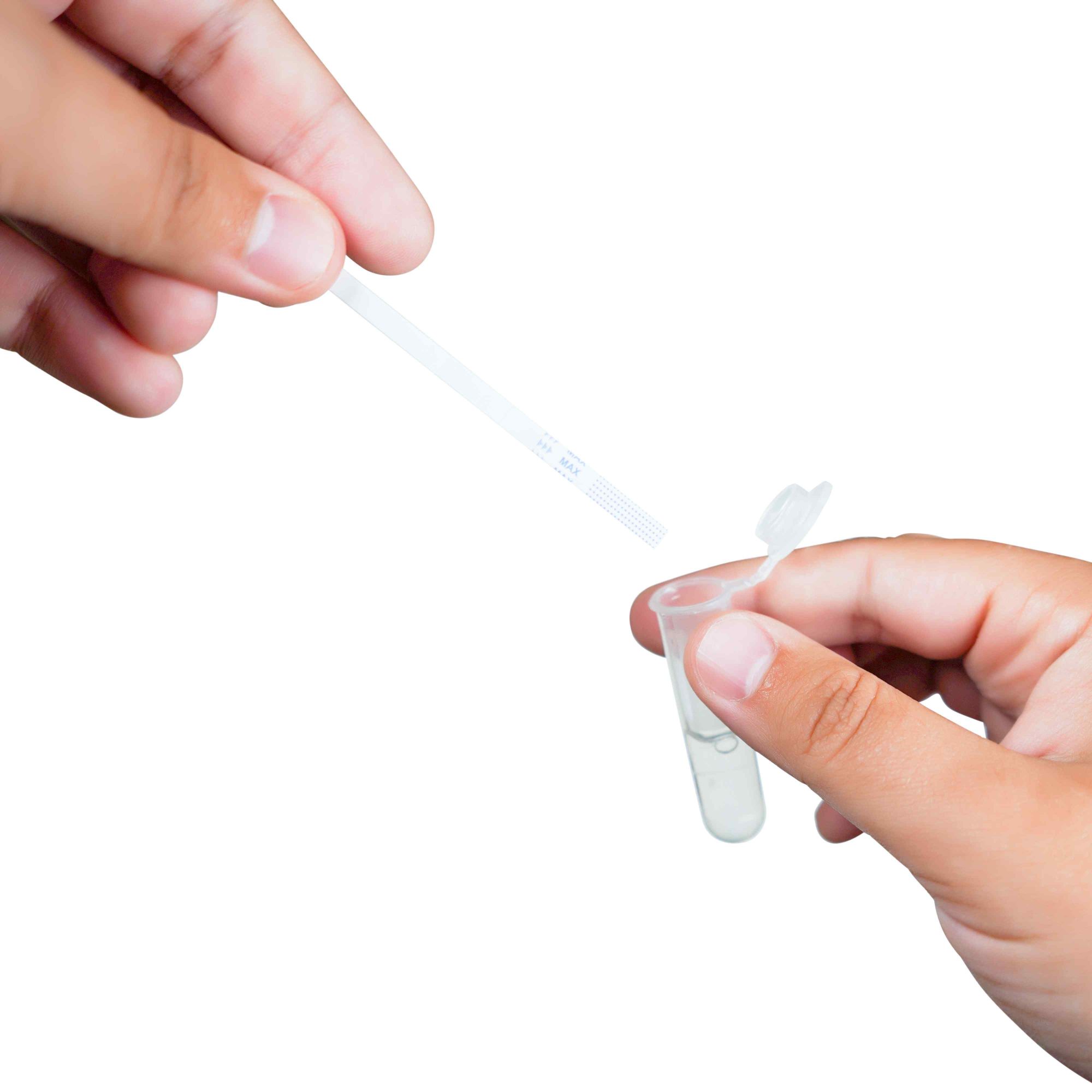
Mix up your sample and test it, following the steps in the app.
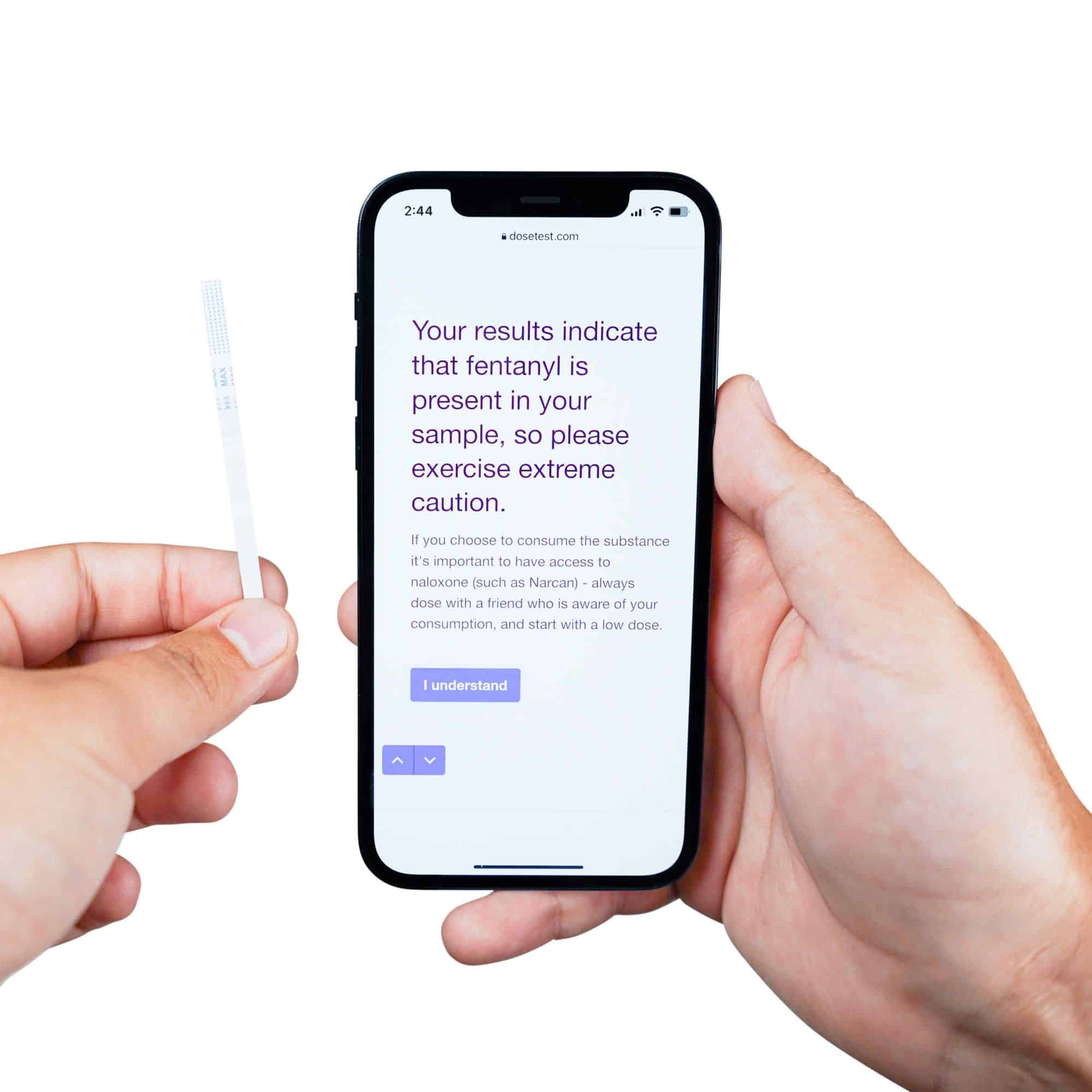
Key in the results so that we can help you interpret them.
What our customers think
Your best resource for tests
Fast shipping. The instructions were the easiest to use that I’ve seen.
James

Easy to use and great price
I’ve recommended Dosetest to all of my friends. The kits I got were super easy to use and they helped me on the live chat.
Autumn

Really quick shipping
Needed to get my tests quickly for the weekend and the entire Dosetest team was super helpful in getting my tests in time.
Amy

Clear and straightforward
Got my tests in 2 days, and was able to confirm my MDMA was indeed MDMA in time for the weekend. The tests worked great.
Mason

Any questions?
Are there cheaper Fentanyl Test Strips elsewhere?
Dosetest is the cheapest provider, and it’s not by chance. We are committed to offering the most accessible tests, both by providing subsidized tests to charities and mutual aid orgs, and by offering you the lowest price on the market.
That’s why we offer our price match guarantee: if you (somehow) find a better deal elsewhere, just let us know. We won’t just drop our prices for you, we’ll reduce them for everyone.
When will my order arrive?
Is the package discreet?
Can I get help when testing?
Of course! In addition to the step-by step guidance in our app, you can contact us via the live chat on the bottom right of this page, by email or over social media.
Can I purchase a larger amount than 100 units?
Absolutely! Our Fentanyl Test Strips are packaged in 100 units per bag, that’s why we have that as the maximum bundle size on the store. To purchase more than 100 units you can just multiple the 100 units bundle as many times as you need at checkout.
Where can I see the third party testing?
Our Third Party testing can be seen here.

